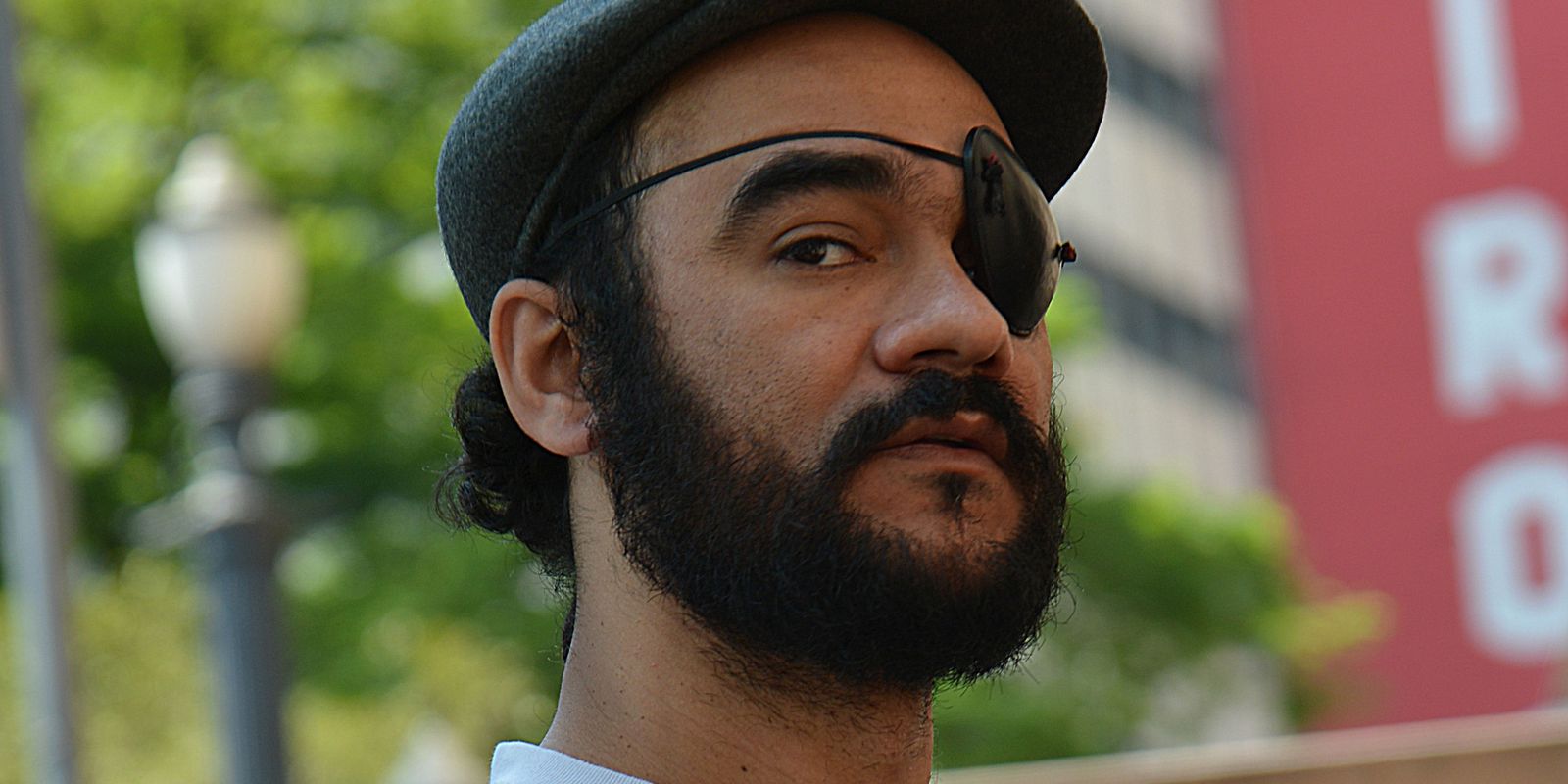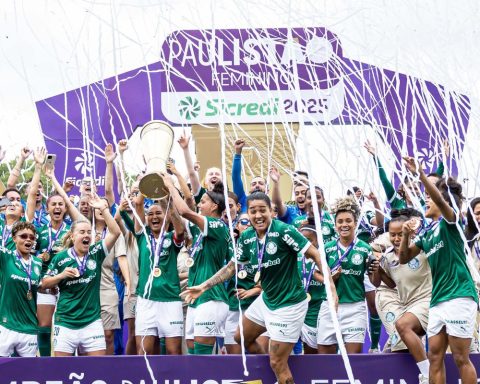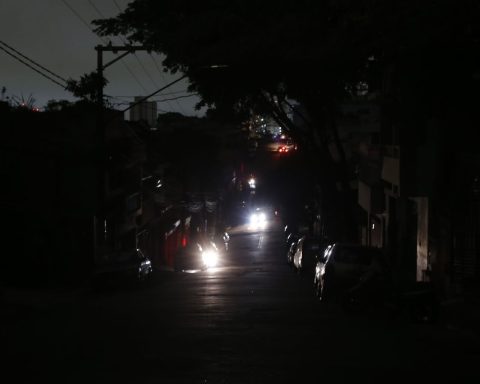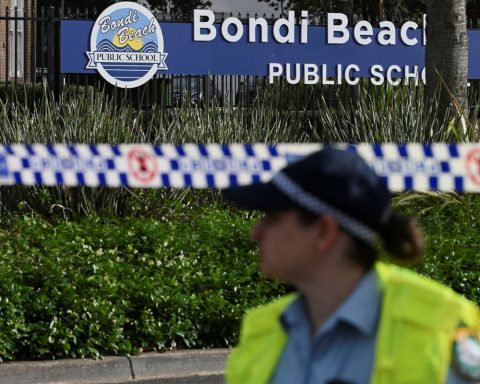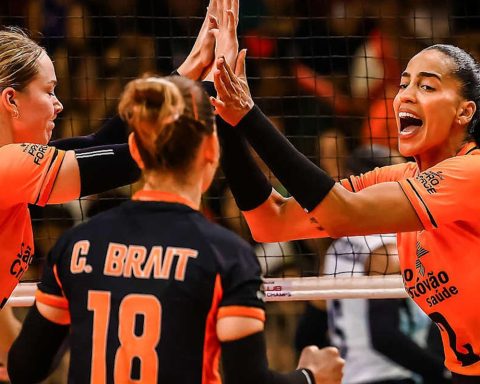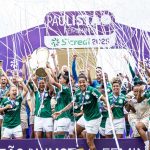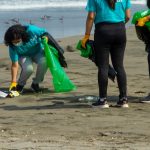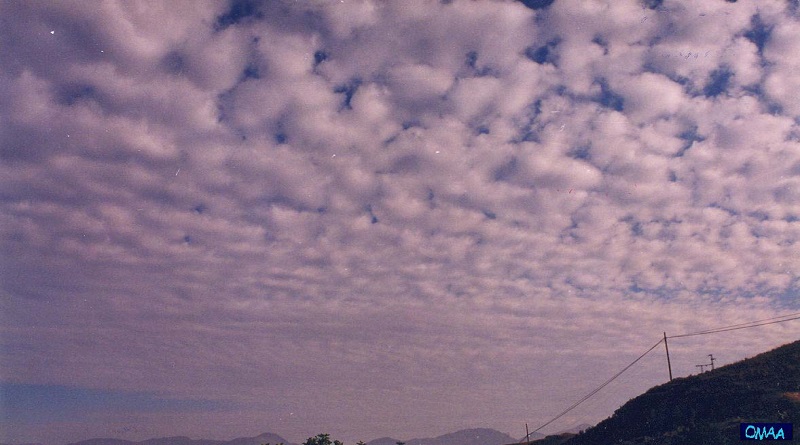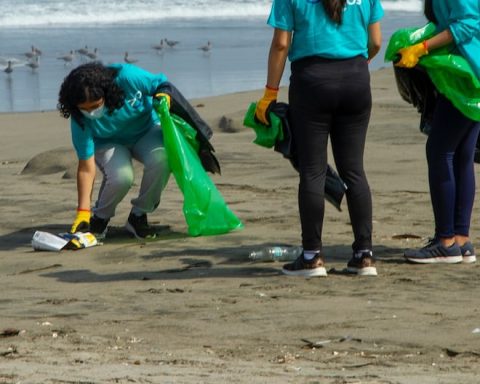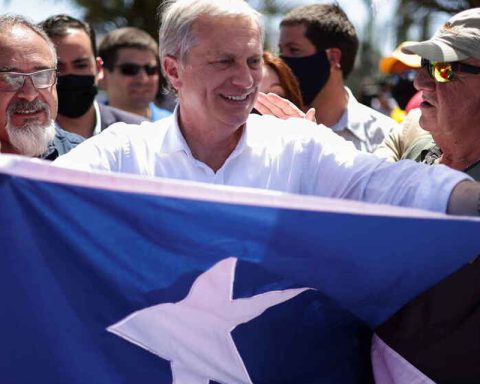Today (29), the São Paulo Court of Justice holds a new trial in the case of photojournalist Sérgio Silva, who lost his left eye after being wounded by a rubber bullet from the Military Police (PM). The incident happened when he was covering a demonstration against the increase in public transport fares, in the capital of São Paulo, in June 2013. The court may be based on guidance from the Federal Supreme Court (STF) regarding a case similar to that of Silva, that of fellow photojournalist Alex Silveira.
In 2013, Sérgio Silva’s defense filed a lawsuit to hold the São Paulo government accountable and asked for compensation of R$800,000 for moral damages and R$400,000 for cosmetic damages. In addition, he demanded that the State pay approximately R$ 3,800 for material damages and monthly pension in the amount of R$ 2,300.
In the processing phase of the process, Sérgio Silva waited more than three years until he had the first outcome on the issue. In August 2016, Judge Olavo Zampol Junior, from the 10th Public Treasury Court of São Paulo, decided that the photographer did not have the right to what he claimed. In the understanding of the magistrate, the professional was responsible for the injury, because he would have taken the risk by positioning himself between demonstrators and the police, “staying in the firing line, to take pictures”. With the sentence, civil society organizations, professional colleagues and people who learned about the case through social networks were outraged and mobilized in support of the photographer, who decided to appeal to the second instance.
The defense even tried to lodge an appeal at the Superior Court of Justice (STJ), followed by grievances, but all were denied. “At the STF, when the case of Alex Silveira, a photojournalist who also lost an eye in demonstrations in 2000, was ruled out and would serve to guide similar cases, we asked the rapporteur that Sérgio’s case be ‘affected’ – the term is legal -, that is, that what was decided in Alex’s case would also serve to guide the decision in Sérgio’s case”, explains lawyer Lucas Andreucci, who represents Sérgio Silva.
“Alexandre de Moraes [ministro do STF] He agreed with us and returned the case to the Court of Justice of the State of São Paulo, where it was awaiting the judgment of Alex’s case. When it was judged, the STF established the following: ‘The civil liability of the State in relation to a press professional injured by police agents during journalistic coverage, in manifestations in which there is turmoil or conflicts between police and demonstrators, is objective. It is up to the exclusive responsibility of the victim to be excluded, in cases where the press professional fails to comply with an ostensive and clear warning about access to delimited areas, in which there is a serious risk to his physical integrity’. It is this understanding that now has to be applied in Sérgio’s case, as the court ruled otherwise”, he adds.
State violence and indifference
In an interview with Brazil Agency, the photojournalist said that it was the support of several people, which ensured that he could even receive medical care. At the time of the event, he was working as a freelancer, that is, informally and without any link to any newsroom. In addition, he was “breadwinner”, that is, relatives depended on his income, which was already low and prevented him from keeping a cash reserve for emergencies. To this day, part of the family depends on him for support.
The day after the violence he suffered by State agents, Sérgio Silva already had an exam in his hands that confirmed the loss of vision. “I suffered violence on a Thursday night. On Friday morning, I already had, basically, a medical report stating all the physical damage that had occurred to my eyeball. There, the doctor was already giving a indication that: ‘look, your vision will hardly be able to sustain itself with so much injury’. There are several damages in parts of our eye’s composition that even I myself had no idea of the existence”, he reported.
The photographer sought out other physicians in order to obtain new assessments based on the first report, paying for the consultations out of his own pocket and with donations. “I ran after it, I still hoped to try, in some way, to find other specialists who could give a different report. But, that, I had no support from the State. At no time did the State try, in any way, to take care of of the damage caused by violence. I went, by private means, I looked for a specialist in ocular trauma, here in São Paulo, two, three months later, to hear another opinion and she was unanimous that there was no more ability to see”, he said.
The eye hit by the PM’s bullet showed deep injuries, which caused the organ to atrophy. “This, physically, was hurting me, because it hurt. It was a pain that never went away. And also, aesthetically, it affected me very psychologically. It was then that a doctor gave me the possibility of, for example, having an extraction of this eyeball that is already atrophied and has no functionality and inserting an ocular prosthesis”, recalled Silva.
“What I cannot measure is the psychological pain that remains to this day. I still have a lot of trauma from what happened. This psychological pain is even fueled by the very slowness of the State. The more the State refuses to assume this responsibility and repair the damage that provoked me, through the indemnity, this is also becoming violent. I’ve been living with the memory of that episode for ten years, the physical pain of everything that happened, but also the perpetuation by the judicial system”, he said, who managed to pay for sessions of psychotherapy only from 2018 onwards, when he had “a little more financial stability”.
To continue the treatment and the battery of tests, Silva had to travel from Osasco to the neighborhood of Paraíso, in the central region of the capital, two or three times a week, a journey he took by taxi. Added to these expenses were others, such as medication to ease the pain he felt in the eye area. “When I filed the lawsuit, one of my requests was that the State be responsible for the costs it was having with the treatment, and this was the first judicial violence that happened, because it was very fast. They immediately denied it”, he added.
It was also through the actions of a network of people who sympathized with him that he was able to continue his work in photography. Friends helped him get over the shock and encouraged him to keep photographing, at the same time that he was considering changing his field. When he resumed activities, he developed the Piratas Urbanos project, a series of photographs in which people wear an eye patch, which began with photographs of members of his social circle.
“That was also one of the most difficult parts, because I couldn’t look at my camera. I was afraid to pick it up, it made me feel violent. I tried to imagine a possible new profession and I could never find an answer because, at that time, moment, I had chosen photography for my life. So, that was all I knew how to do at that time”, he said.
For Paulo Zocchi, one of the directors of the Union of Professional Journalists of the State of São Paulo, an entity that followed the trial, what is expected is that there will be justice. “And what is justice? It’s going back to the bizarre story that the photojournalist is responsible for having been shot in the eye. His claim for compensation is totally fair, because, evidently, the PM and the State have to be responsible for the aggression and permanent damage caused”, says Zocchi, who is also vice-president of the National Federation of Journalists (Fenaj).
For him, the first question that the case raises concerns the reason why police authorities fire shots at press professionals, a posture that indicates that they treat demonstrations as something violent and that, therefore, deserve repression. The cases of Alex Silveira and Sérgio Silva, he says, prove that this type of attack means an attack on freedom of the press and that, in reality, the police should protect journalists, photojournalists and cameramen, not the opposite. “It is not an isolated case. There are countless attacks by the PM against journalists”, he argues.
“In our opinion, the PM treats public demonstrations in an unacceptable, violent way. Instead of guaranteeing the right to demonstrate, it attacks demonstrators. And the issue, from the police point of view, is that journalists record the aggression, journalists witness the aggressions. The journalist, as a target of the police, is an expression of the need to prevent acts of violence against demonstrators from being recorded”.
The report contacted the Secretariat of Public Security and is waiting for a response.
